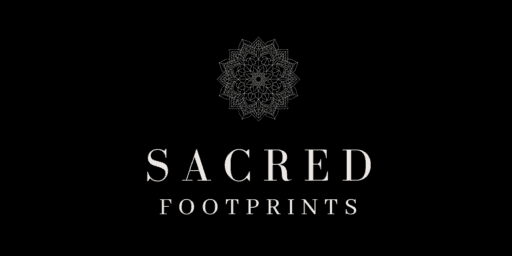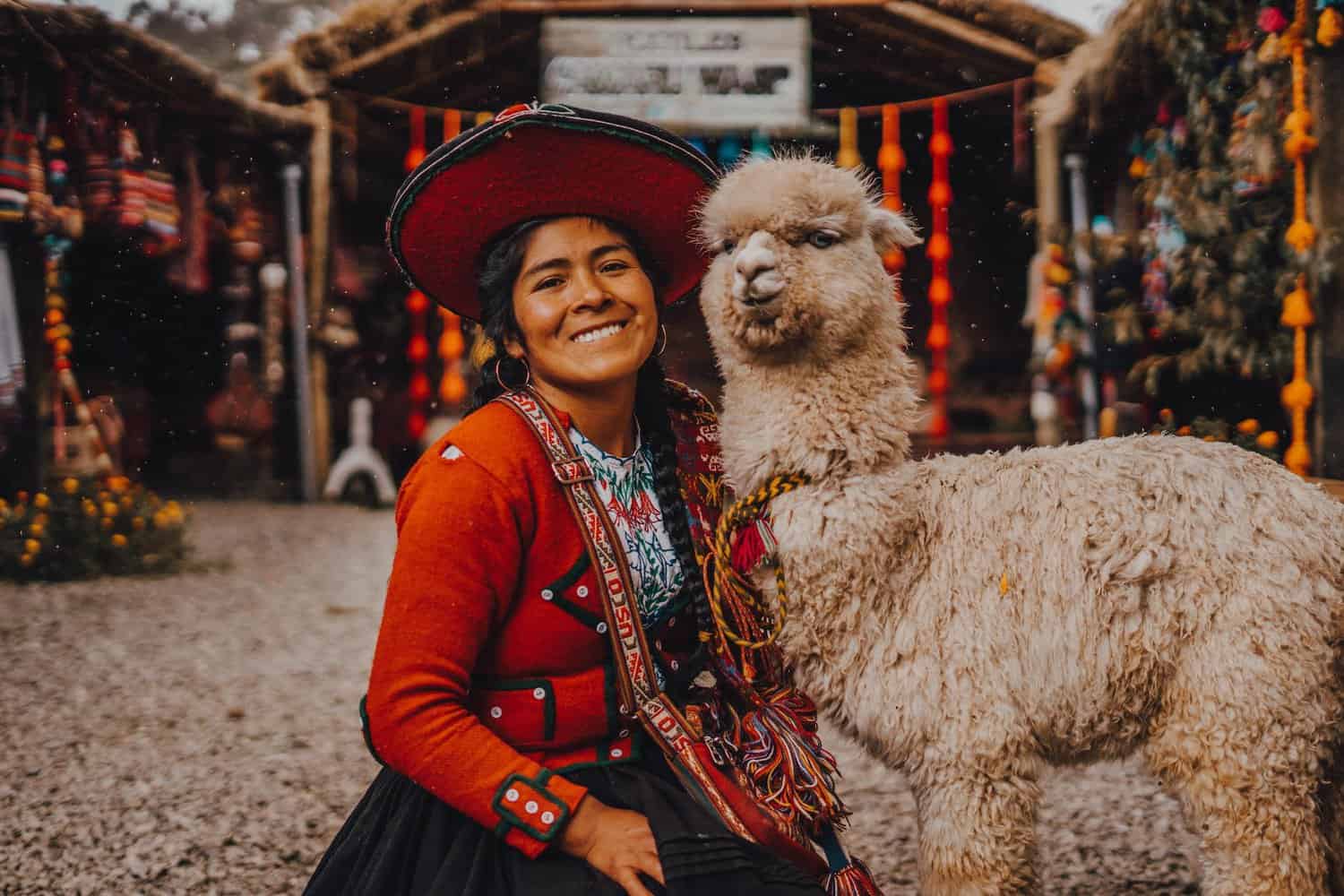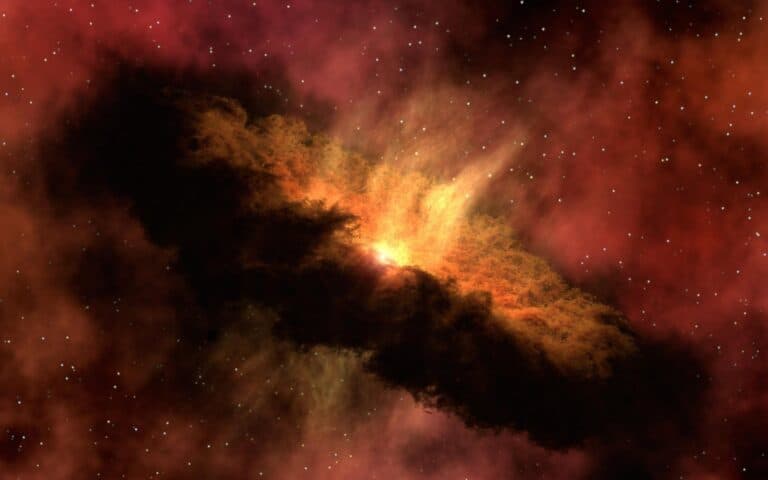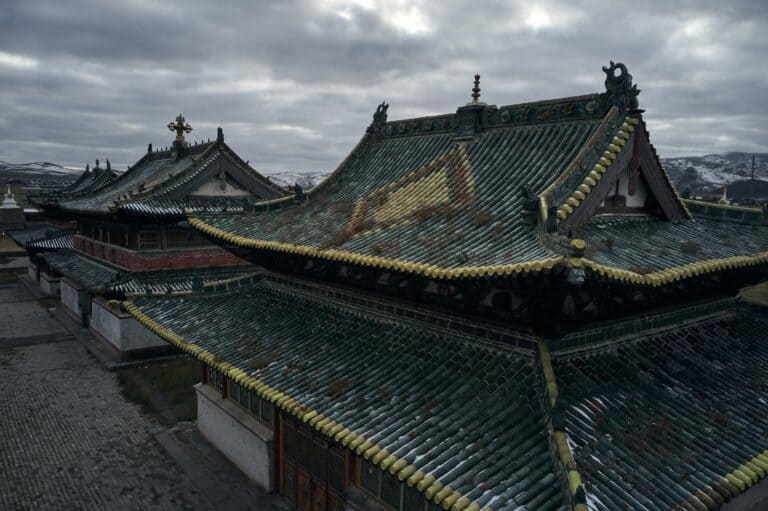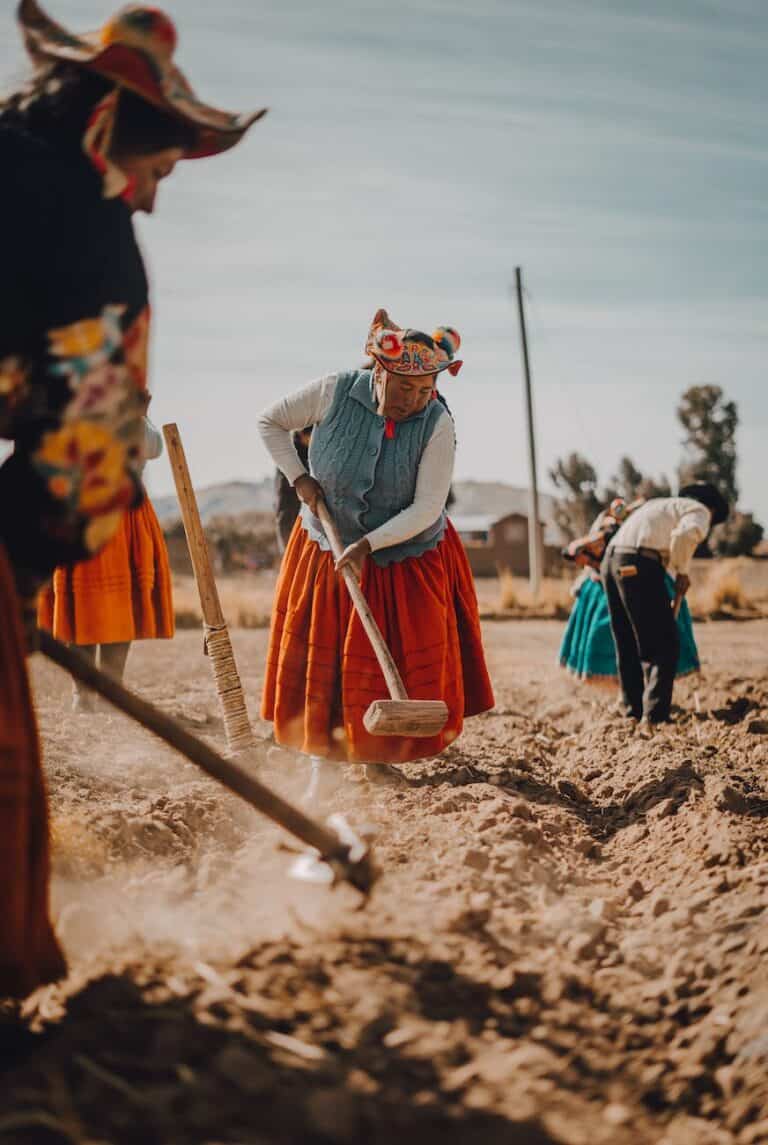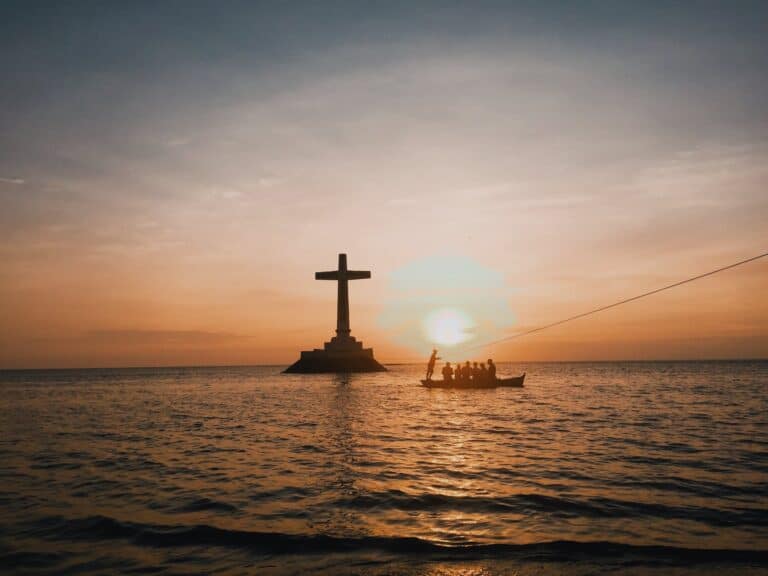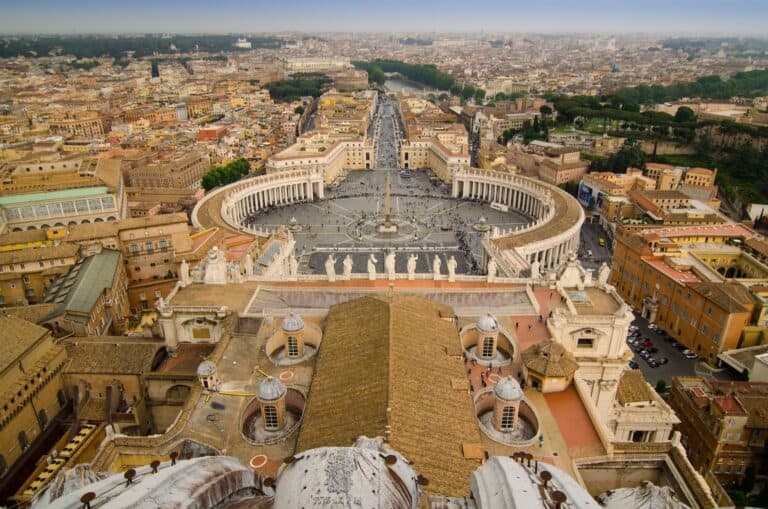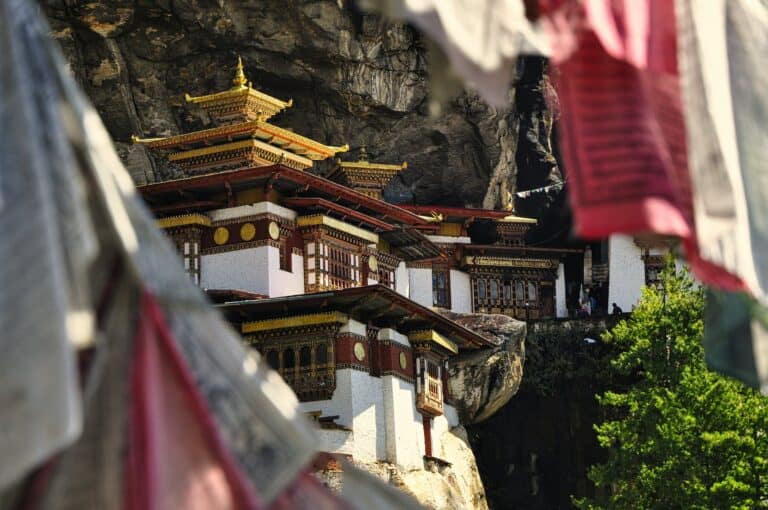Unveiling Peruvian Spirituality: Dive Into the Heart of Andean Mysticism
Nestled within the rugged embrace of the Andes, Peru beckons to the intrepid travelled. Peru promises breathtaking landscapes and an opportunity for a profound spiritual odyssey.
This sacred land, where ancient traditions whisper through the valleys and vibrant ceremonies dance with the wind, holds the keys to the unique tapestry which is Peruvian spirituality.
Rooted in a worldview that reveres all aspects of nature as interconnected and imbued with spiritual significance. Peruvian spirituality intertwines shamanic practices that bridge the earthly and the ethereal. Thier practices and beliefs are a living testament to the enduring power of ancient wisdom.
At the heart of their spiritual belief system lies the Andean cosmovision. Which is an age-old belief system that weaves the fabric of the natural world with the ethereal realm. Here, mountains are revered as wise sentinels, rivers are the earth’s lifeblood, and the very stones beneath our feet hold stories as ancient as time.
Join us as we delve into the traditions and practices that define Peruvian spirituality and discover how this ancient wisdom continues to inspire spiritual seekers from all corners of the globe.
Table of Contents
Traditions and Practices of Peruvian Spirituality
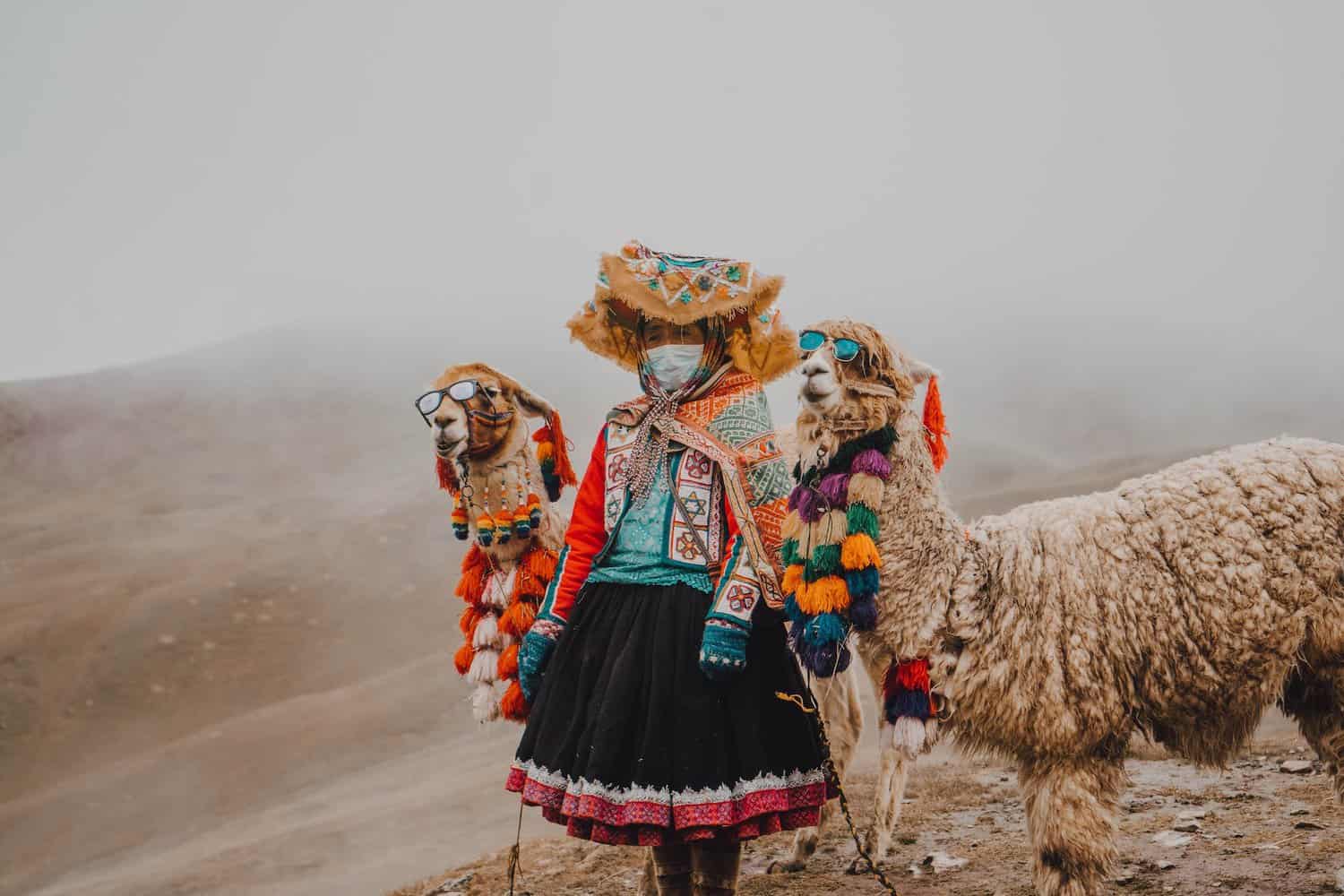
1) Shamanic Practices
Shamanic practices encompass a range of spiritual and healing rituals and techniques that are traditionally performed by shamans, who are regarded as intermediaries between the physical world and the spirit realm.
They often involve divination and oracle practices, healing, altered consciousness ceremonies and offerings to the spirit world.
These practices are found in various indigenous cultures worldwide and are deeply rooted in animistic beliefs, which hold that all elements of the natural world possess consciousness.
Here are some of the key practices in Peruvian Spirituality:
- Ayahuasca Healing: Ayahuasca, a potent plant-based brew, is used in shamanic ceremonies for healing and spiritual insight. It is believed to allow individuals to connect with the spirit world, gain profound wisdom, and experience deep inner transformation.
- Offerings to Water Sources: Bodies of water, such as rivers and lakes, are considered sacred in Peruvian spirituality. Offerings are made to these water sources to seek their protection and blessings and to show gratitude for the life-giving properties of water.
- Inti Raymi – Festival of the Sun: This ancient Incan festival celebrates the Sun God, Inti. It involves elaborate ceremonies and rituals to honour the sun, which was crucial for agricultural success. It continues to be celebrated in various forms, particularly in Cusco.
- Animal Spirits and Totems: Animals hold special significance in Peruvian spirituality, with each animal believed to embody unique qualities and energies. People may seek guidance or protection from specific animal spirits or totems.
- Dream Interpretation: Dreams are considered a powerful medium for receiving messages from the spiritual realm. It is believed that dreams may hold guidance, warnings, or insights into one’s life path.
- Energetic Cleansing: Spiritual cleansings, often using herbs such as Palo santo or Sage, are performed to clear negative energies from a person’s aura or living space. This practice is believed to restore balance and harmony to the individual.
- Coca Leaf Reading: Coca leaves hold great significance in Andean spirituality. They are used in divination practices where a shaman or practitioner reads the patterns and symbols formed by the leaves to gain insights into a person’s life, future, and well-being.
>> Craving a Spiritual Voyage to Peru? Check Out These Life Changing Retreats Here!
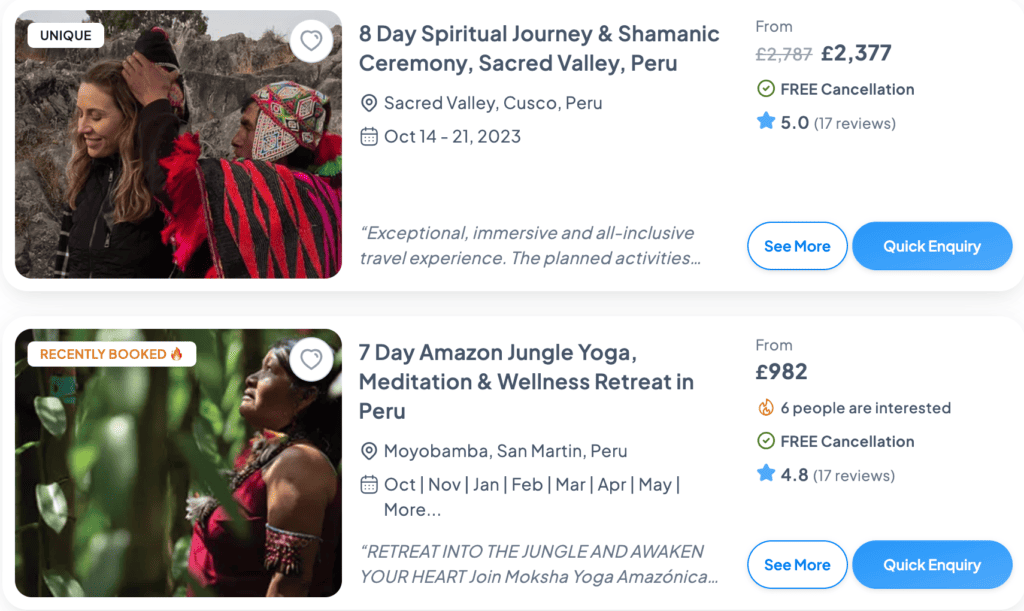
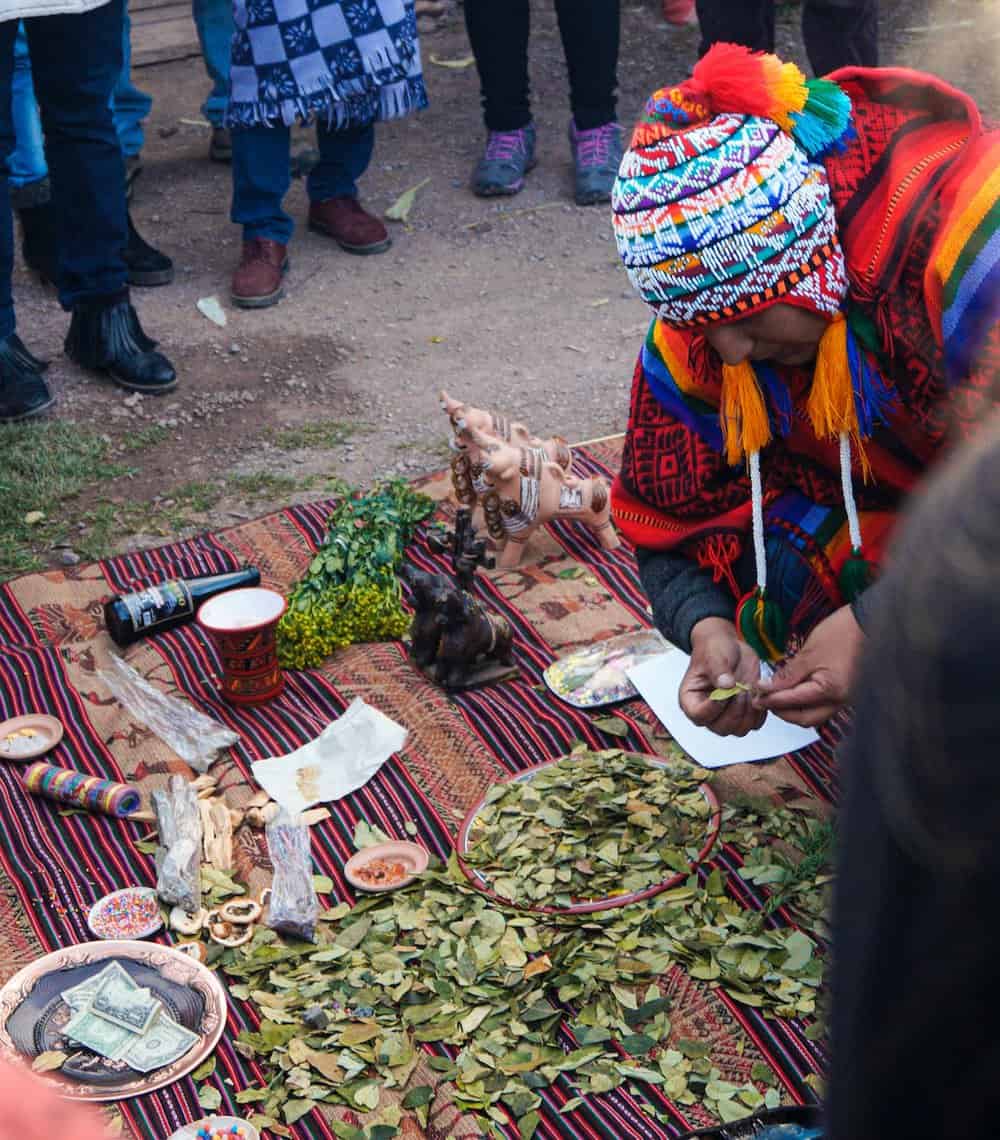
2) Andean Cosmovision
Andean Cosmovision, also known as the Andean worldview, is an ancient belief system deeply rooted in the indigenous cultures of the Andes mountains, primarily the Quechua and Aymara people. Its origins trace back thousands of years before the Inca Empire and are intertwined with the region’s natural landscapes and spiritual energies.
At its core, Andean Cosmovision is founded on the belief that all elements of the natural world, from mountains and rivers to plants and animals, possess consciousness and are interconnected in a grand cosmic web. It is a holistic philosophy that views the universe as harmonious, interdependent and united.
A fundamental principle is the concept of “Ayni,” which embodies the idea of reciprocity and mutual exchange. It emphasizes the importance of maintaining balance and giving back to the natural world. Offerings, ceremonies, and acts of kindness are expressions of ayni.
In modern times, Andean Cosmovision continues to be practised and adapted by indigenous communities and individuals seeking a deeper connection to nature and spirituality. Many traditional rituals, such as offerings to Pachamama and ceremonies honouring the Apus, persist.
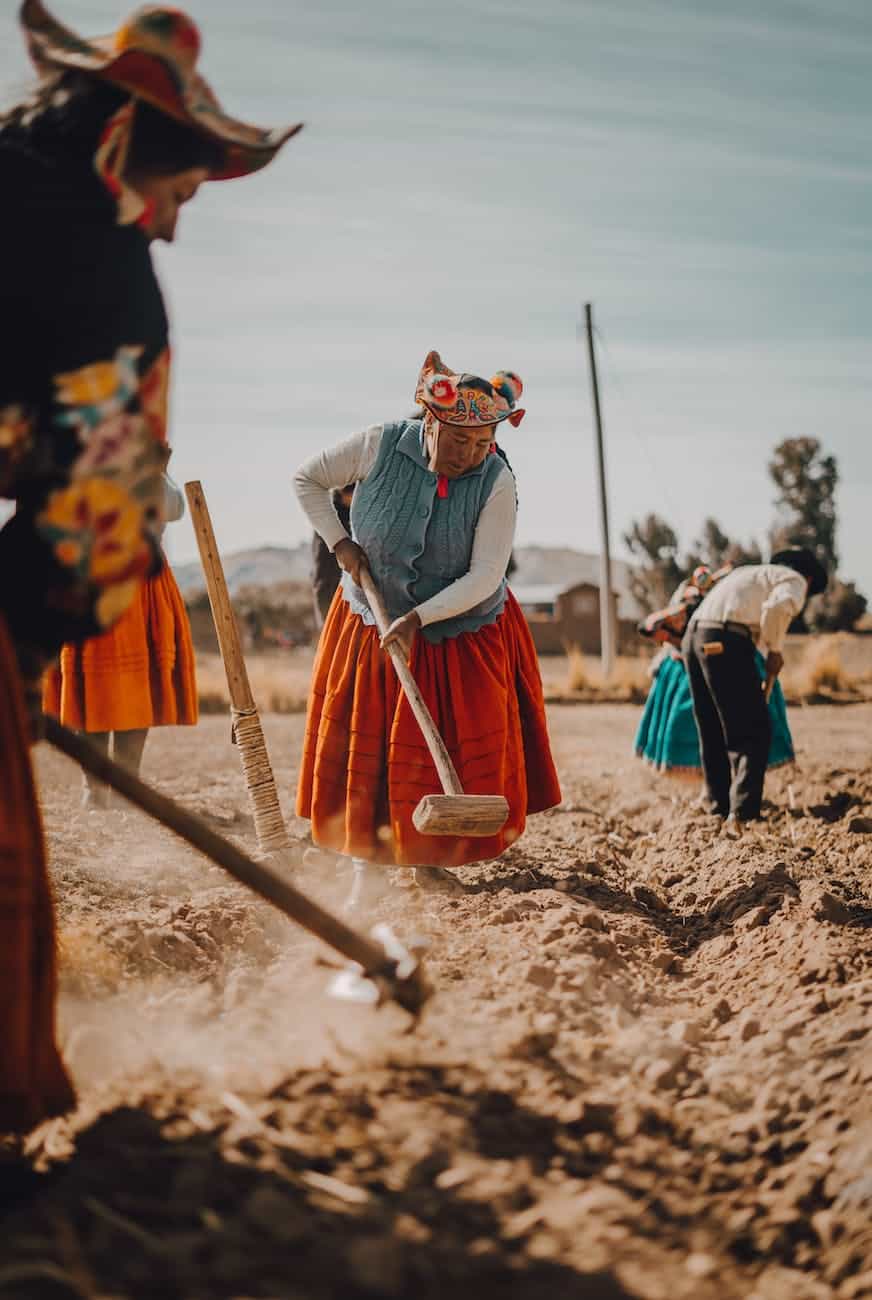
3) Despacho Ceremony
The sacred Despacho ceremony, a cherished Andean tradition, is a profound homage to Mother Earth and the spiritual realm. This ritual involves crafting a mandala-like bundle of offerings, embodying the intentions of the ceremony.
The process commences with creating a consecrated space, inviting the spirits of the earth, mountains, elements, animals, sky, and ancestors. Flowers, leaves, and seeds are carefully arranged to form the Despacho, each item symbolizing the ceremony’s purpose.
These offerings are then infused with love and enfolded in sacred cloth before being presented to fire or water. The shaman, attuned to the energy of the bundle, determines the final destination. You’ll encounter a profound sense of harmony, balance, and blessings as a recipient.
4 ) Pachamama Offering
In Andean lore, Pachamama embodies the essence of earth and fertility, revered as the benevolent Mother Earth that provides sustenance, shelter, and support to all living beings. The ancient Incas revered Pachamama, associating her with fertility and agricultural abundance, paying homage before the Spanish conquest.
Even today, Andean communities, including the city of Cusco, continue the practice of offering tributes to Pachamama during planting and harvesting seasons. These offerings, comprising food, drink, and symbolic representations of the earth and nature, signify respect and gratitude for the land’s abundant resources. The offerings are tenderly placed in a shallow hole and covered with earth, a gesture of returning these gifts to the nurturing embrace of Mother Earth.
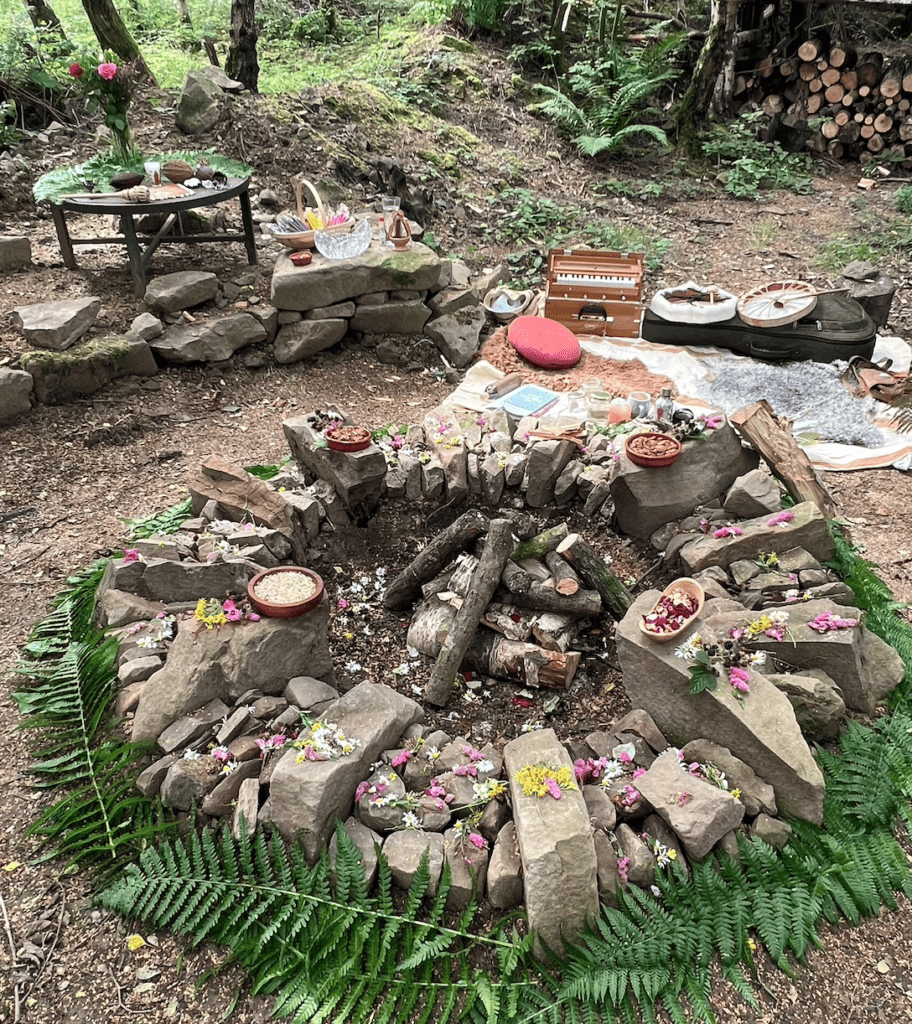
4) Flower Bath Ritual
For centuries, Peruvians have embraced the transformative power of flower baths as a spiritual practice and a means of enhancing well-being. Across the globe, ancient cultures have celebrated this purifying and invigorating ritual, believing it fosters growth, alleviates negative energies, and promotes emotional balance.
The Shipibo tribe, an indigenous community of Peru, traditionally conducts these revitalizing baths in the morning or daytime. The choice of flowers for the bath is guided by intuition, with specific blooms believed to hold distinct healing properties.
To fully immerse in the rejuvenating effects, it’s advised to abstain from alcohol and meat for three days prior to and subsequent to the bath, as these substances can disrupt the energetic flow. The flower bath serves as a powerful conduit for transformation and healing in a world that often feels disorienting and disconnected.
5) Andean Energy Healing
Peruvian Andean energy healing practices are designed to harmonize the physical, emotional, psychological, and spiritual dimensions of those seeking positive transformation and inner tranquillity. The influences of family, culture, education, work, and societal norms can sometimes lead individuals to feel disconnected from their authentic selves.
Furthermore, life experiences, including those of our ancestors, may impact overall well-being. Among Peru’s dedicated energy healers are practitioners schooled in the ancient wisdom of the Q’ero, a remote indigenous community. Their healing methods target crises, challenges, and suffering, offering solace during times of profound change.
6) Meditative Practices
Meditation holds a special place in Peruvian spirituality, providing a gateway to deeper connections with the natural world and the spiritual realm. Rooted in the Andean cosmovision, meditation in this context is a practice of stillness, introspection, and communion with the energies of the land.
It is a way to quiet the mind, open the heart, and commune with the energies of Pachamama (Mother Earth) and the Apus (mountain spirits). By entering a state of stillness, practitioners seek to harmonize their own energies with the greater flow of life.
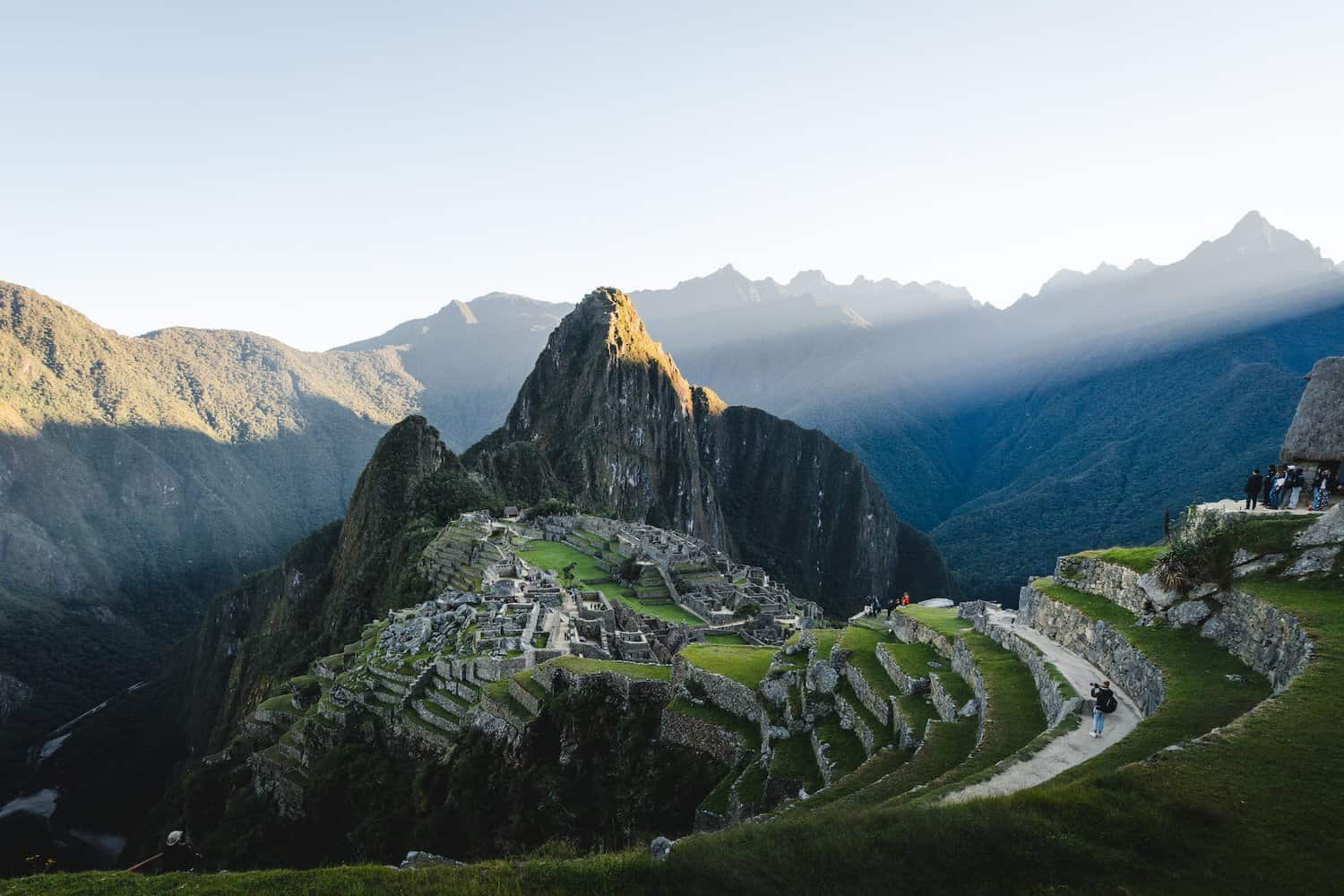
F&Qs: Peruvian Spirituality
What are some Unique Peruvian Spiritual Beliefs or Superstitions?
Peruvian superstitions find their roots in a deep-seated reverence for nature and the spiritual world. These beliefs have been shaped over centuries by a culture intimately intertwined with the natural landscape and the mysteries of existence. Here’s an exploration of why Peruvian spirituality embraces these superstitions:
- Harmony with Nature: Peru’s rugged terrain, lush rainforests, and towering mountains have instilled a profound respect for the natural world. Superstitions, such as offerings to Pachamama and Apus, arise from the belief that nature is a living, conscious force. By respecting and appeasing these natural elements, Peruvians seek to maintain a harmonious relationship with their environment.
- Ancestral Wisdom: Many of these beliefs and superstitions are passed down through generations. They serve as a link to ancestral knowledge and cultural heritage. The wisdom of the elders is valued and preserved, and these practices become a way of honouring those who came before.
- Navigating Uncertainty: In a landscape as diverse and challenging as Peru’s, where the weather, terrain, and wildlife can be unpredictable, having rituals and beliefs provides a sense of control and predictability. Superstitions offer a way to understand and navigate the uncertainties of life, providing a sense of comfort and security.
- Spiritual Connection: Peruvian spirituality strongly emphasises the interconnectedness of all things. Superstitions like coca leaf readings and Ayahuasca ceremonies are seen as a means to commune with the spiritual realm. They provide a conduit for seeking guidance, receiving insights, and connecting with higher forces.
- Respect for Life and Death: Peru’s spiritual beliefs acknowledge the cyclical nature of life and death. Superstitions surrounding offerings to water sources and ceremonies like Despacho are rooted in the understanding that life is a continuous cycle, and acknowledging this cycle is a way to show reverence for the natural order of things.
- Cultural Identity: These superstitions are fundamental to the cultural identity of the Peruvian people. They provide a sense of belonging and offer a framework for understanding the world. They are a source of pride and a way to differentiate themselves in a globalized society.
- Healing and Well-being: Practices like flower baths and energetic cleansing are deeply ingrained in the belief that physical, emotional, and spiritual well-being are interconnected. These rituals are viewed as essential for maintaining balance and warding off negative energies that may affect one’s health.
- Empowerment and Agency: Superstitions offer a sense of agency in a world that can often feel overwhelming. They provide individuals with tools to actively participate in their own spiritual and emotional well-being, empowering them to take charge of their destiny.
In essence, Peruvian superstitions are a reflection of a culture that places great value on the natural world, ancestral wisdom, and the interconnectedness of all beings. These beliefs serve as a source of guidance, comfort, and empowerment in navigating the complexities of life in a country known for its awe-inspiring landscapes and deep spiritual traditions.
What are some Legends and Folklore of Peru?
Peru boasts a rich tapestry of legends and folklore woven from ancient Incan beliefs, Spanish colonial influences, and indigenous traditions. Here are some of the most famous Peruvian legends and folklore:
- El Cucuy de Huancabamba: A legendary creature said to inhabit the Huancabamba region, El Cucuy is described as a hairy, ape-like being with a fearsome appearance. It’s believed to dwell in the remote forests, striking fear into the hearts of those who venture too close.
- La Dama Tapada: This enigmatic legend revolves around a veiled woman dressed in black who haunts the streets of Lima at night. It is said that she is searching for her lost love and is known to appear to unsuspecting passersby, leaving an air of mystery in her wake.
- El Tunche: El Tunche is a malevolent spirit that is said to lurk in the dense Amazon rainforest. Described as a shadowy figure with glowing red eyes, El Tunche is believed to prey on those who wander too far into the depths of the jungle, instilling fear and paranoia.
- El Sombrerón: Originating from Andean folklore, El Sombrerón is a mischievous spirit known for his distinctive attire, which includes a wide-brimmed hat and boots that make a distinct sound as he walks. He is said to enchant and disturb young women, braiding their hair and leaving them in a trance-like state.
- La Candileja: This spectral figure, often depicted as a woman carrying a lantern, is believed to haunt the countryside of Peru. La Candileja is thought to be the spirit of a woman who committed a grave sin during her lifetime and now roams the earth as a punishment.
- El Chullachaqui: A mythical creature from Amazonian folklore, El Chullachaqui is known for its ability to mimic the voices of loved ones, leading travellers astray. It is believed to inhabit the depths of the rainforest, guarding its domain with mischievous intent.
- El Muki: In Andean mythology, the Muki is a dwarf-like being with supernatural powers. It is said to reside in caves or hidden places within the mountains. The Muki is known to play tricks on humans and can bring good or bad fortune, depending on how it is treated.
- Manco Cápac and Mama Ocllo: According to Incan legend, Manco Cápac and Mama Ocllo were the first humans sent by the Sun God, Inti, to establish the Incan civilization in the Cusco region. They arose from the waters of Lake Titicaca, carrying a golden staff, and went on to become the founders of the Incan Empire.
These legends and folklore breathe life into Peru’s cultural heritage, offering a glimpse into the beliefs and stories that have shaped the country’s history and identity. They continue to be celebrated and passed down through generations, adding depth and intrigue to the vibrant tapestry of Peruvian culture.
Travelling to Peru: A Spiritual Odyssey
Why Peru?
Embarking on a spiritual journey to Peru offers a unique blend of natural beauty, ancient wisdom, and cultural immersion. The landscape itself, from the awe-inspiring Andes to the lush Amazon rainforest, exudes a palpable energy that resonates with seekers and wanderers alike.
Off the Beaten Track: Unearthing Hidden Spiritual Gems
While popular destinations like Machu Picchu and Cusco offer incredible experiences, venturing off the beaten path unveils hidden spiritual treasures. The Sacred Valley’s lesser-known villages, such as Ollantaytambo and Pisac, offer a more intimate connection with the land and its traditions.
Connect with Local Healers
Engaging with local curanderos provides an authentic window into Peruvian spirituality. Seek out reputable retreats and practitioners who honour the traditions and are dedicated to providing safe and transformative experiences.
Participate in Community Rituals
Joining in local ceremonies, such as Inti Raymi (Festival of the Sun) or Pachamama Day, allows for a firsthand experience of Peruvian spirituality in action. These events offer a sense of unity and a chance to witness age-old customs in a communal setting.
Conclusion: Peruvian Spirituality
Peruvian spirituality is a tapestry woven from threads of ancient wisdom and modern practices, offering travellers a profound opportunity for self-discovery and transformation. By immersing oneself in Peru’s traditions, landscapes, and communities, one can embark on a journey that transcends the physical and touches the soul. Embrace the magic of Peru, and let its spiritual essence guide you on an unforgettable adventure.
If you loved this post be sure to check out my post on Mayan Spirituality!
